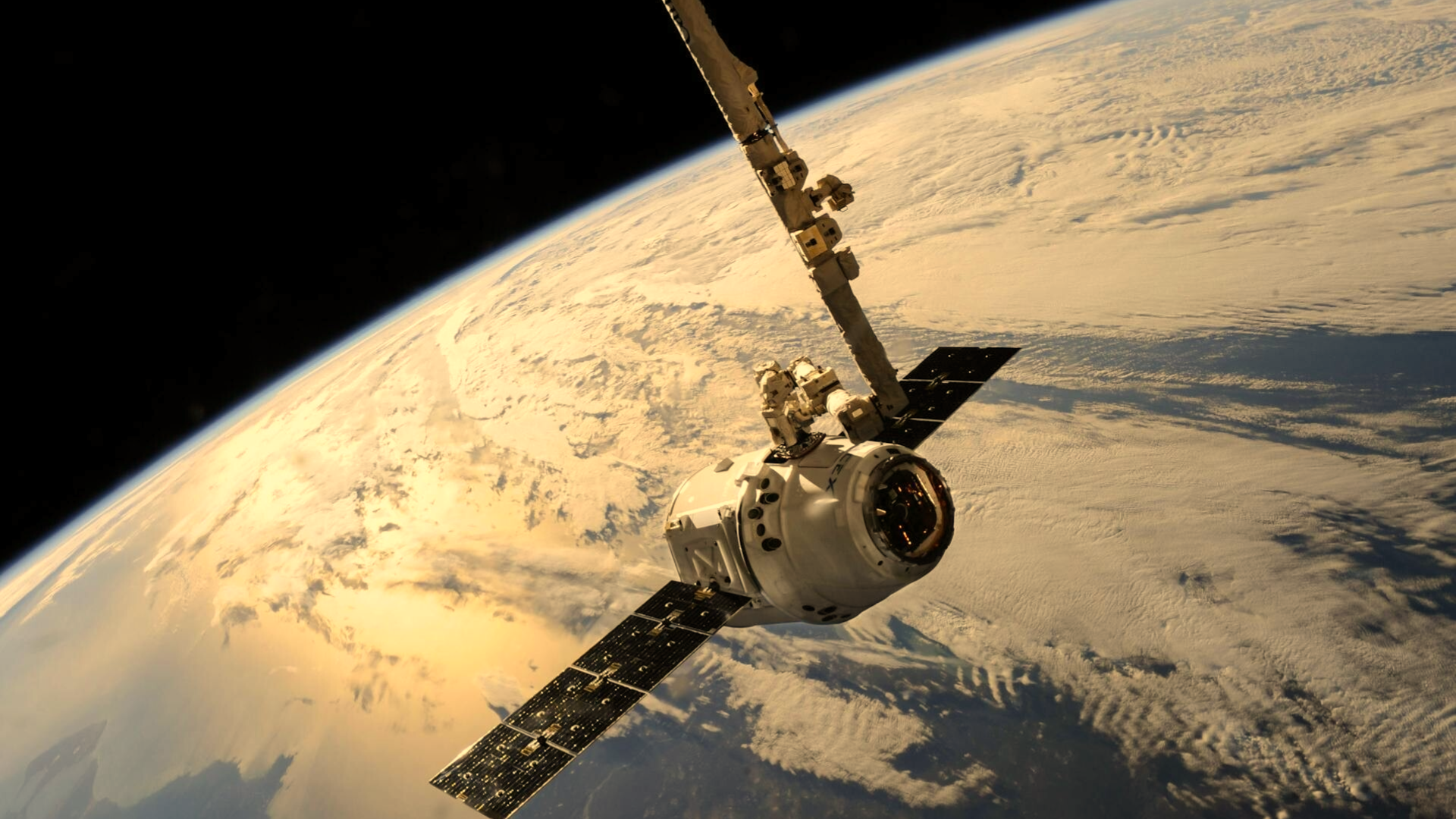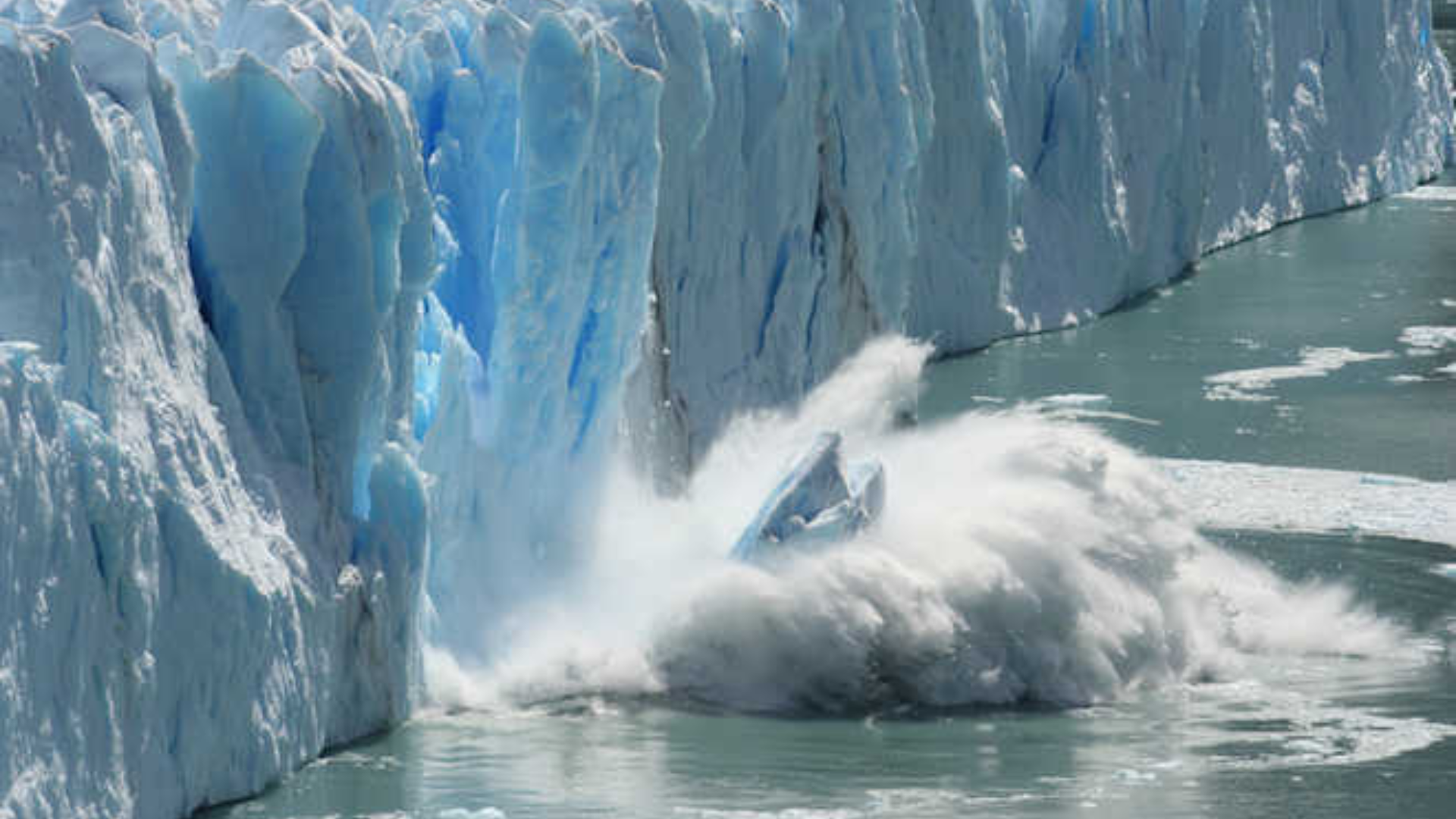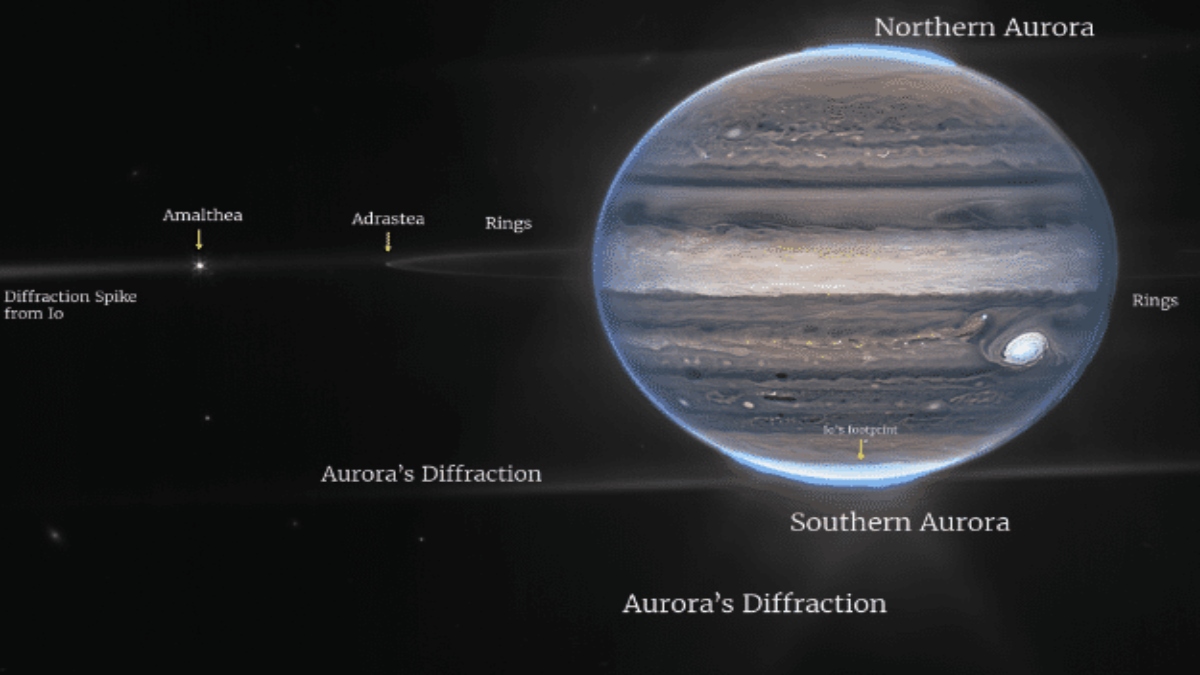










The largest and most powerful space telescope in the world has unveiled previously unseen pictures of Jupiter. In July, the James Webb Space Telescope (JWST) captured images of the Solar System’s largest planet.
The photographs depict auroras, massive storms, moons, and rings around Jupiter in stunning clarity, according to experts. The infrared photos were artificially coloured to highlight the details.
This is due to the fact that infrared light is invisible to the human eye.
“We’ve never seen Jupiter quite like this before. Everything is wonderful, “added Imke de Pater, a planetary astronomer at the University of California who was instrumental in the study.
“To be honest, we didn’t anticipate it to be this fantastic,” she continued.
The JWST is a $10 billion (£8.5 billion) multinational project led by Nasa, with collaborators from the European Space Agency and the Canadian Space Agency.
According to Nasa, auroras extended to high altitudes over both Jupiter’s northern and southern poles in the stand-alone picture of Jupiter, which was made from a composite of many photographs from the telescope. Auroras are light displays in the Earth’s atmosphere created by interactions with particles flowing away from the Sun.
Meanwhile, the Great Red Spot, a renowned storm so large it might swallow the entire planet, turned white. This was due to the fact that it reflected a lot of sunlight.
The JWST was launched in December 2021 and is now around one million miles (1.6 million kilometres) from Earth.
It is capable of detecting light that began to move towards Earth 13 billion years ago, just after the Big Bang.
The JWST, seen as the successor to the famed Hubble telescope, is predicted to be a dominant force in discoveries during the next 20 years.
Read more: To identify the source of extremely high-energy cosmic rays, Scientists use NASA’s Fermi data
SKIPING BREAKFAST MAY CAUSE PSYCHOLOGICAL HEALTH ISSUES: RESEARCH









